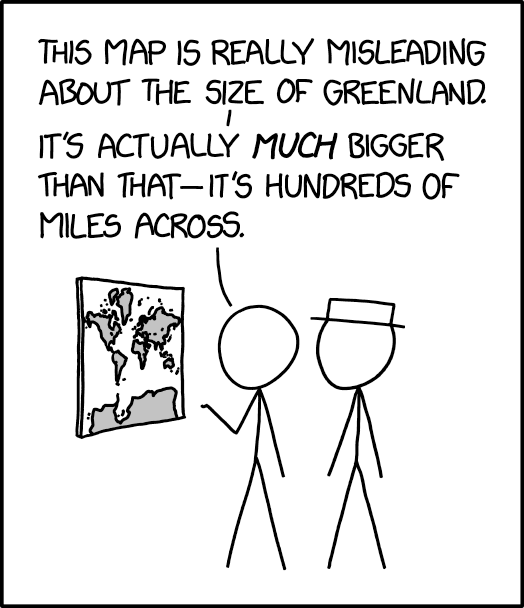The Arctic Journal reports on recent efforts to produce more detailed, systematic and accurate maps of Greenland.
Danish officials today announced promising initial results of a project using satellites to collect cartographic data faster and more efficiently than has been possible using aeroplanes.
The project involved using SPOT 6 and 7, two commercially operated European satellites, flying at an altitude of 700km to collect images of four specific areas […]. The pictures they returned over a two-year period beginning in 2015 each measure 360 square km. Objects as small as 1.5 m can be discerned in the pictures, making them detailed enough to be used to make precise, high-resolution maps.
Cartographers are now in the process of turning the data into finished, on-line maps. The maps themselves are expected to publicly available by autumn. But, even before that, the data gathered by the satellites will be placed on-line.
[WMS]





